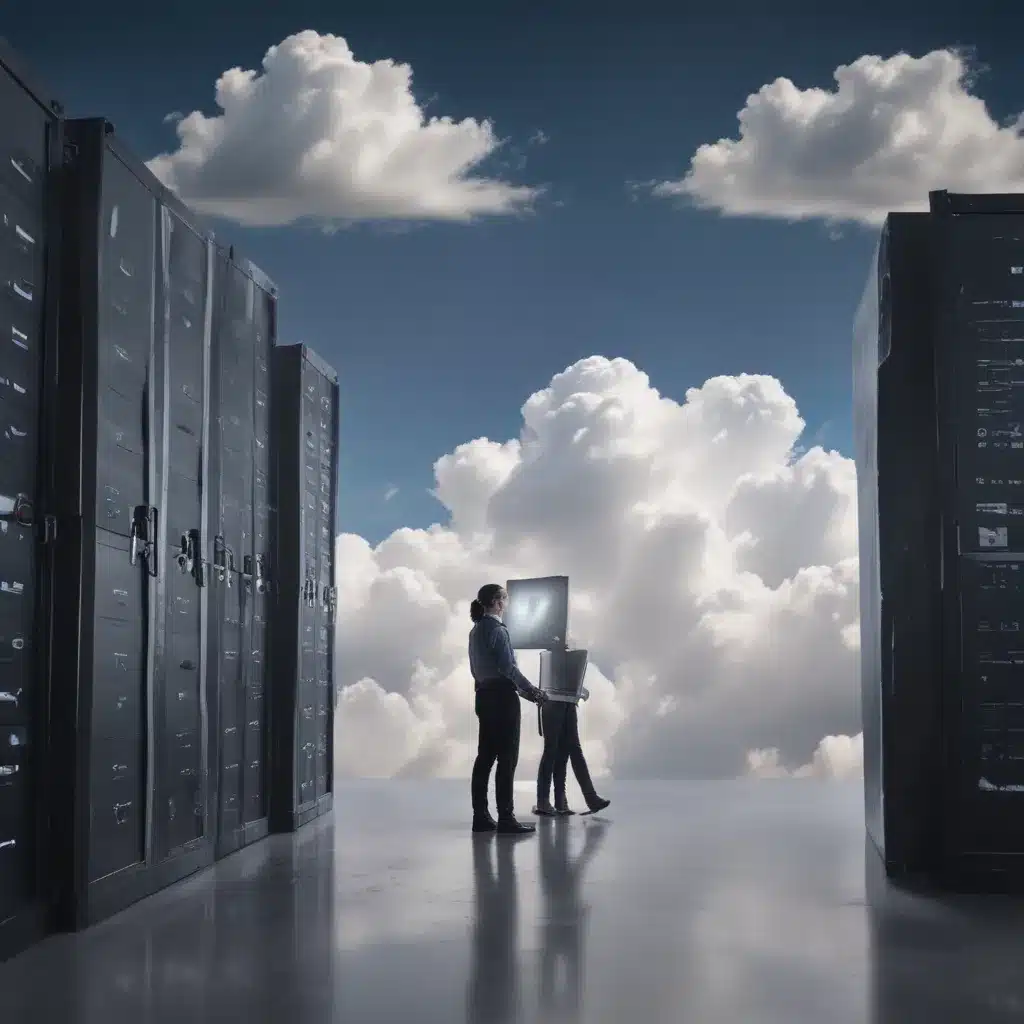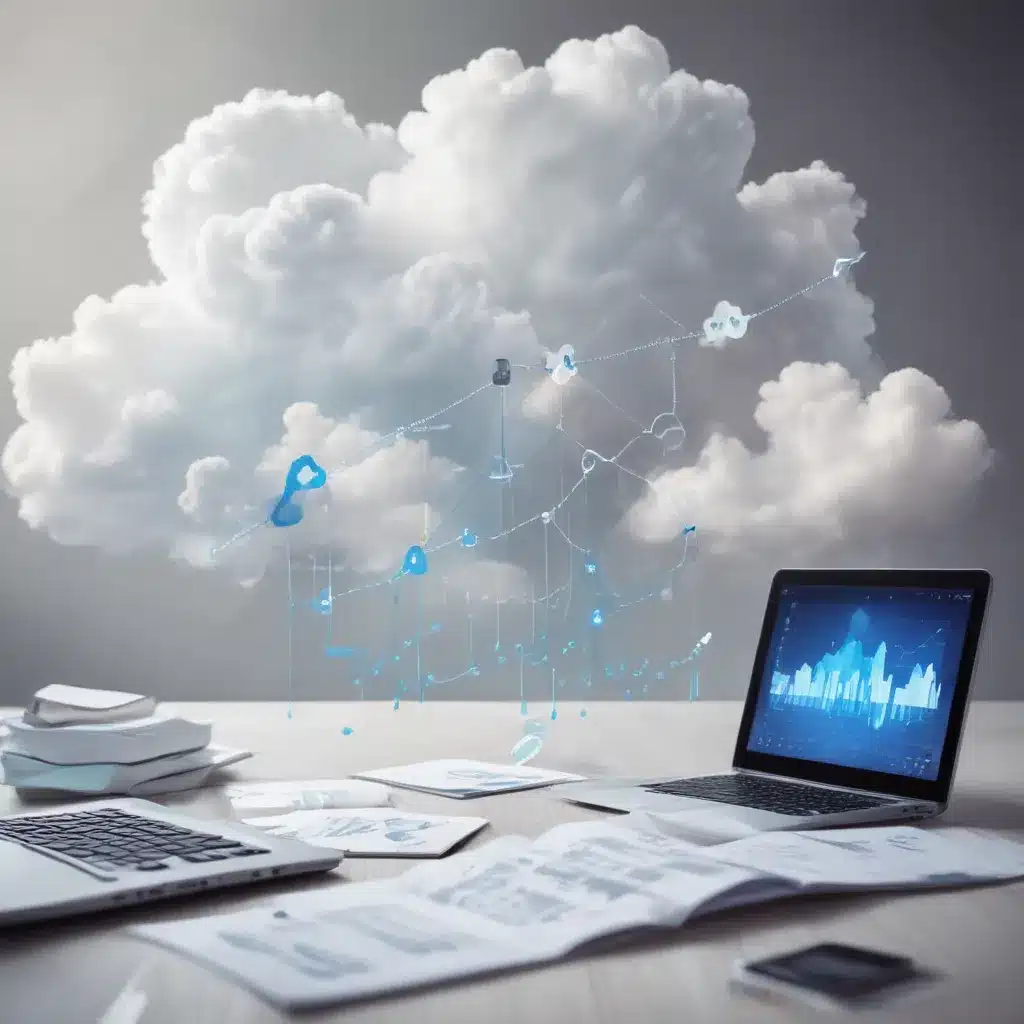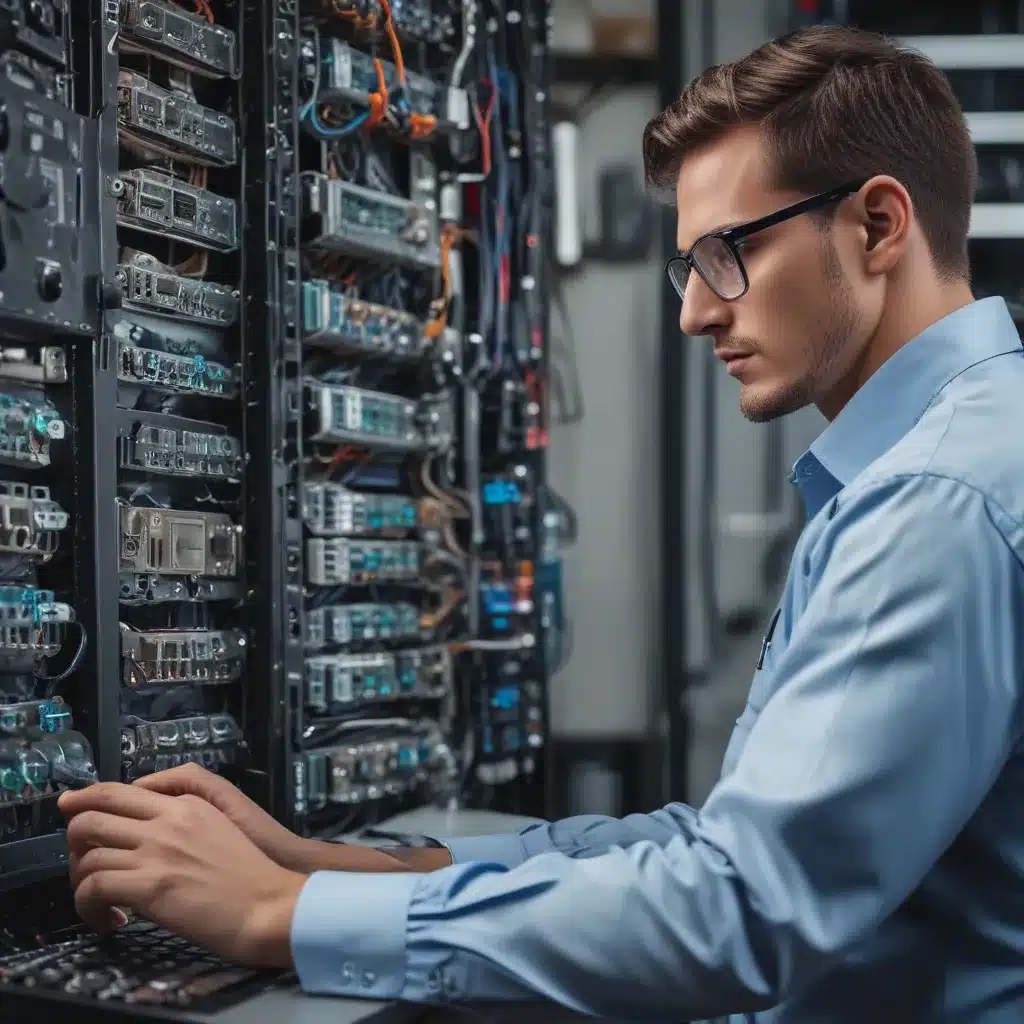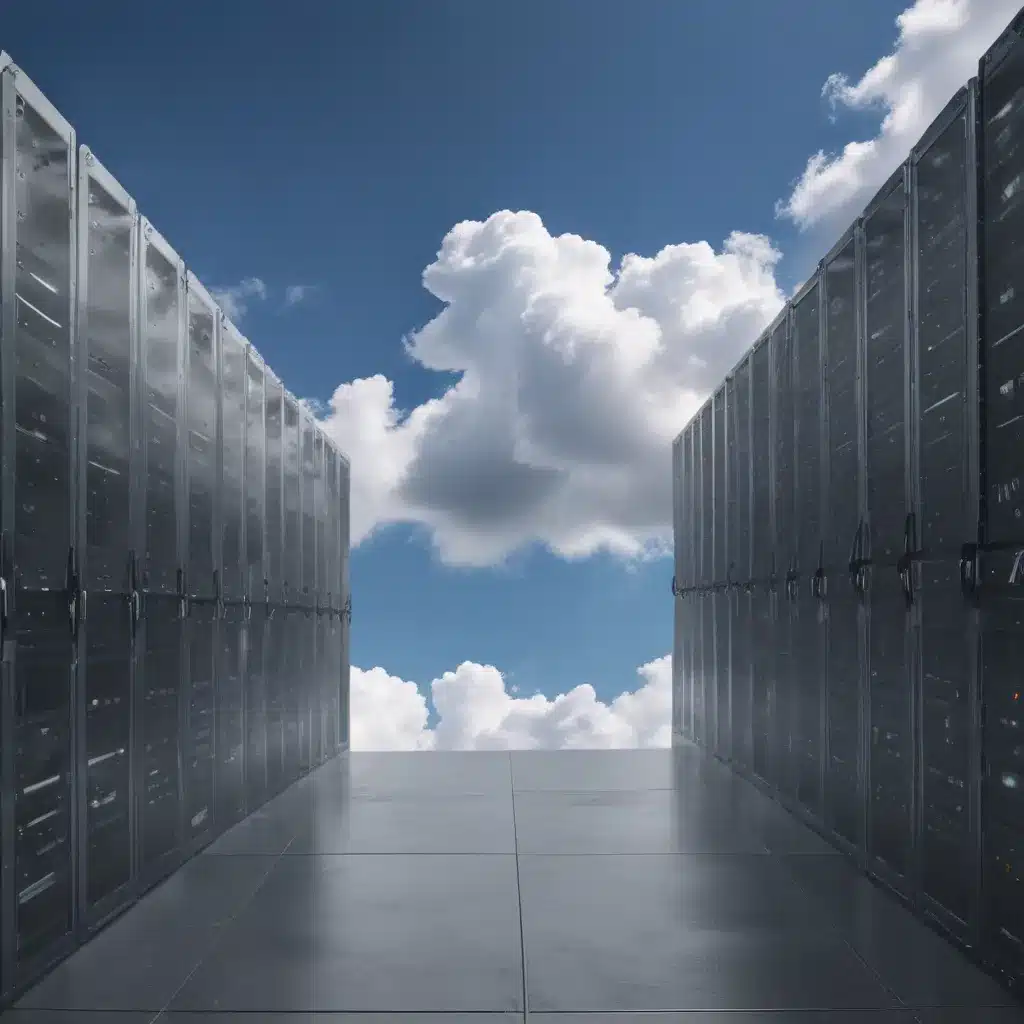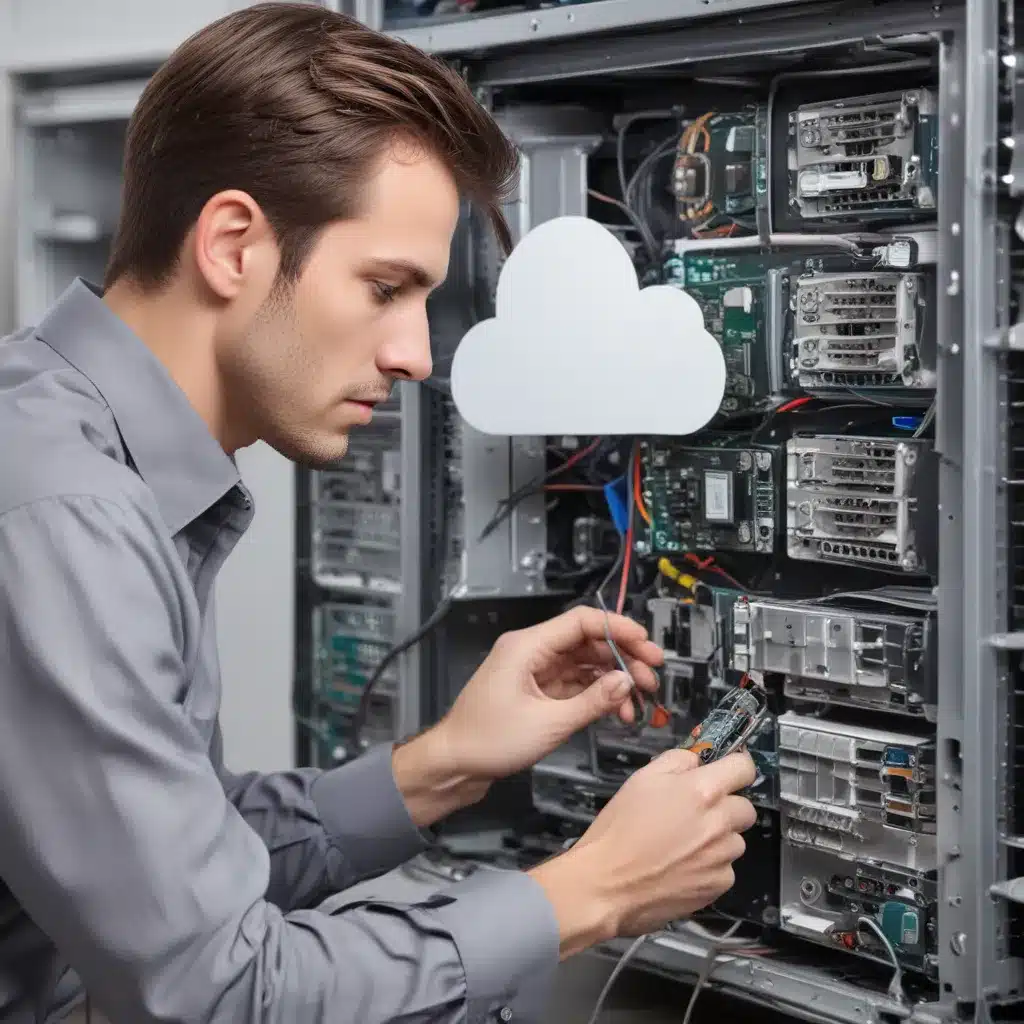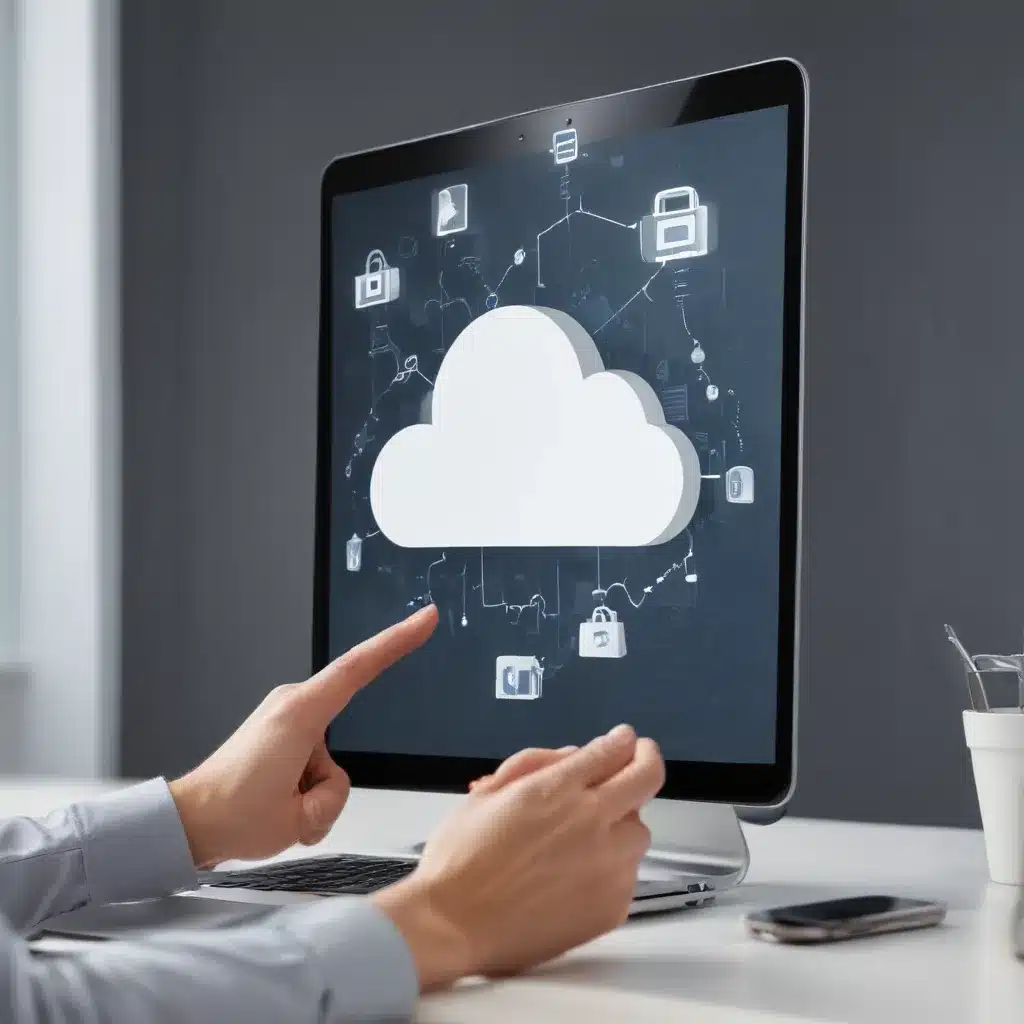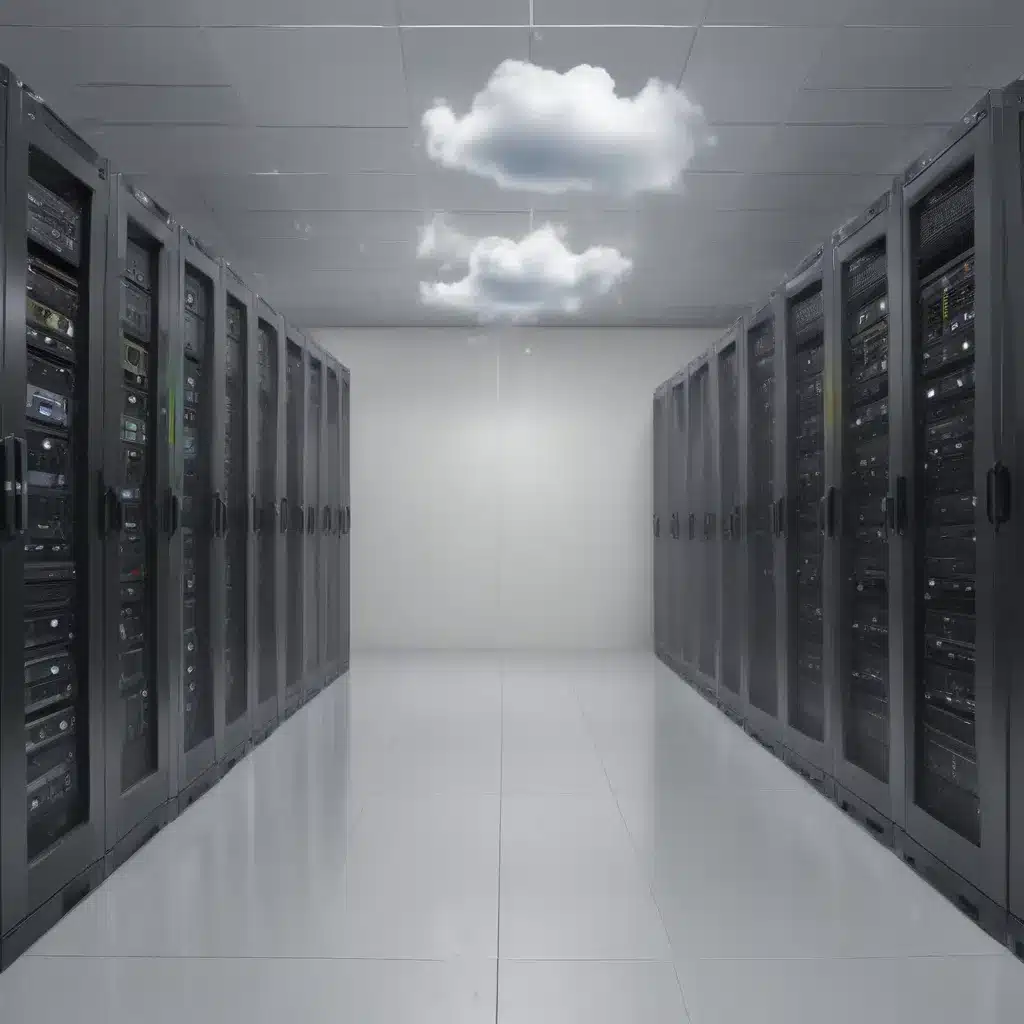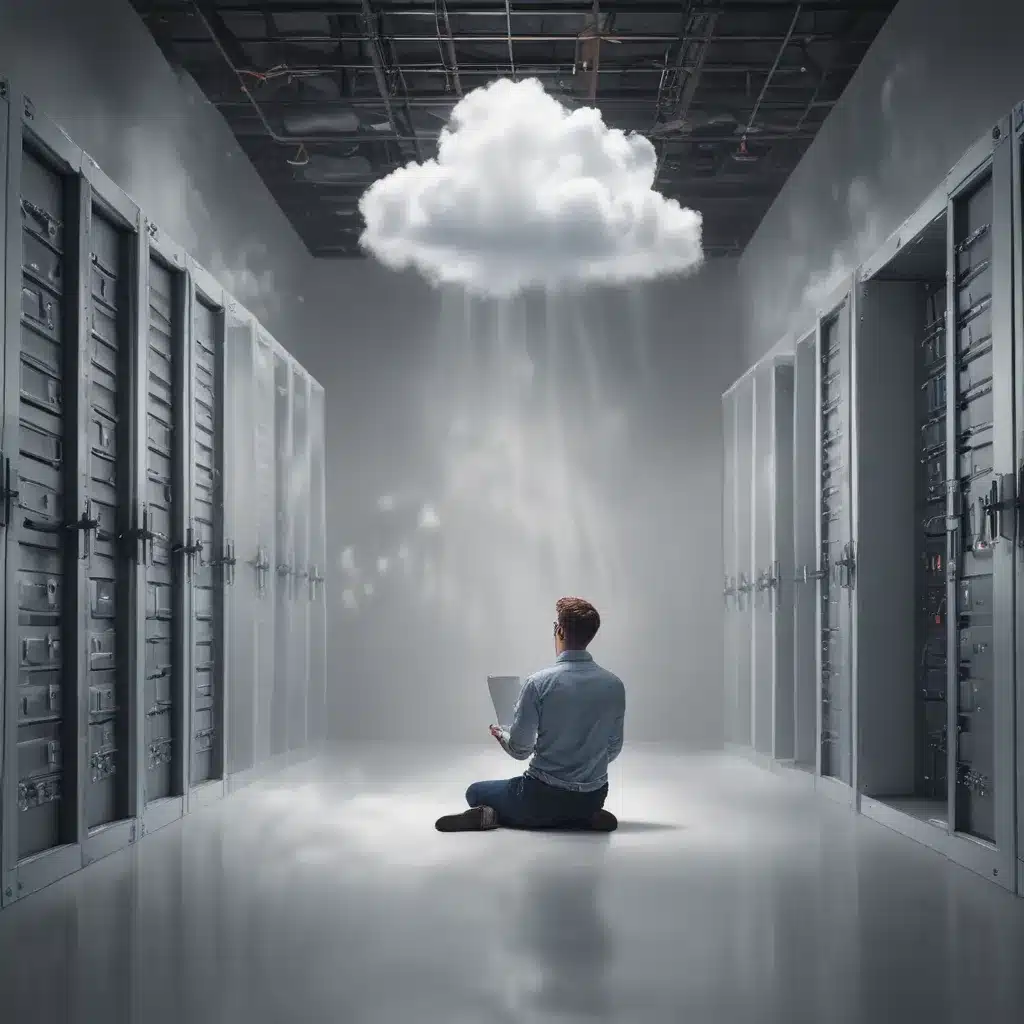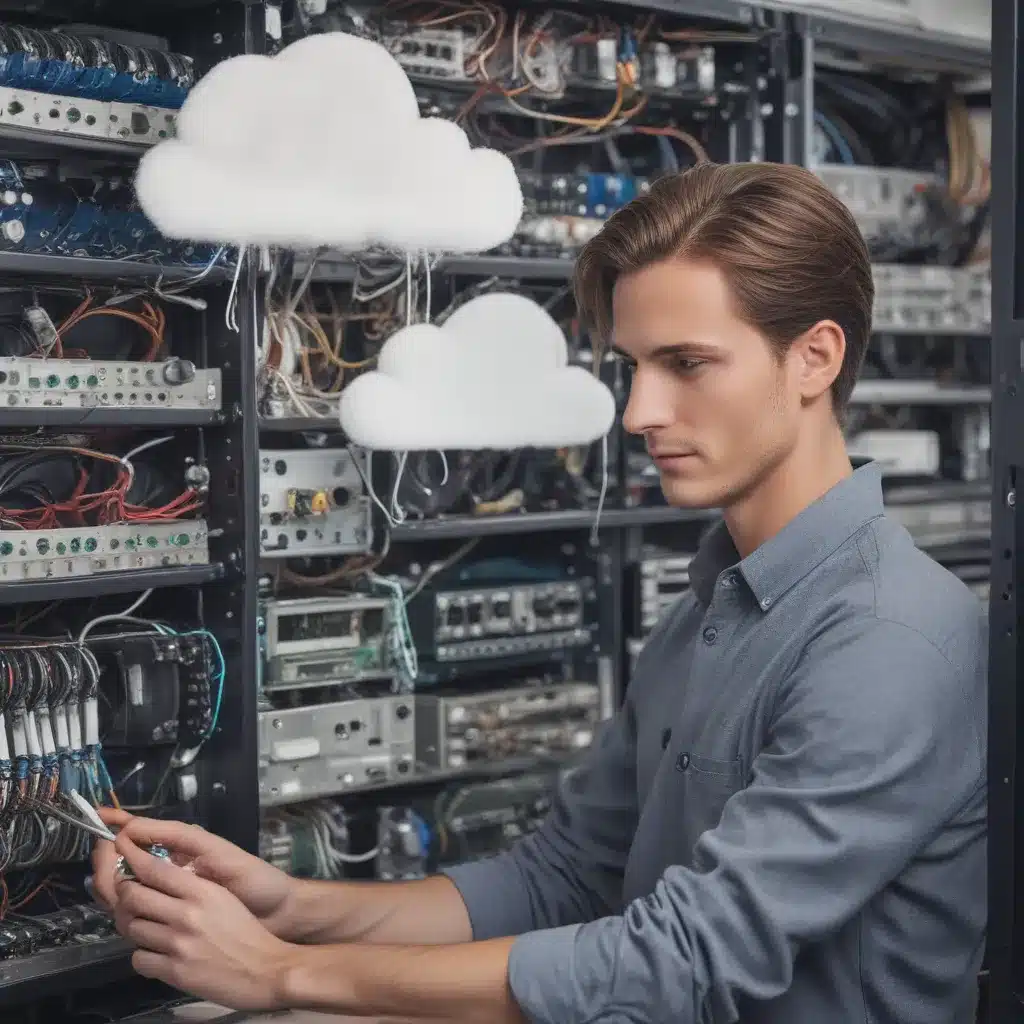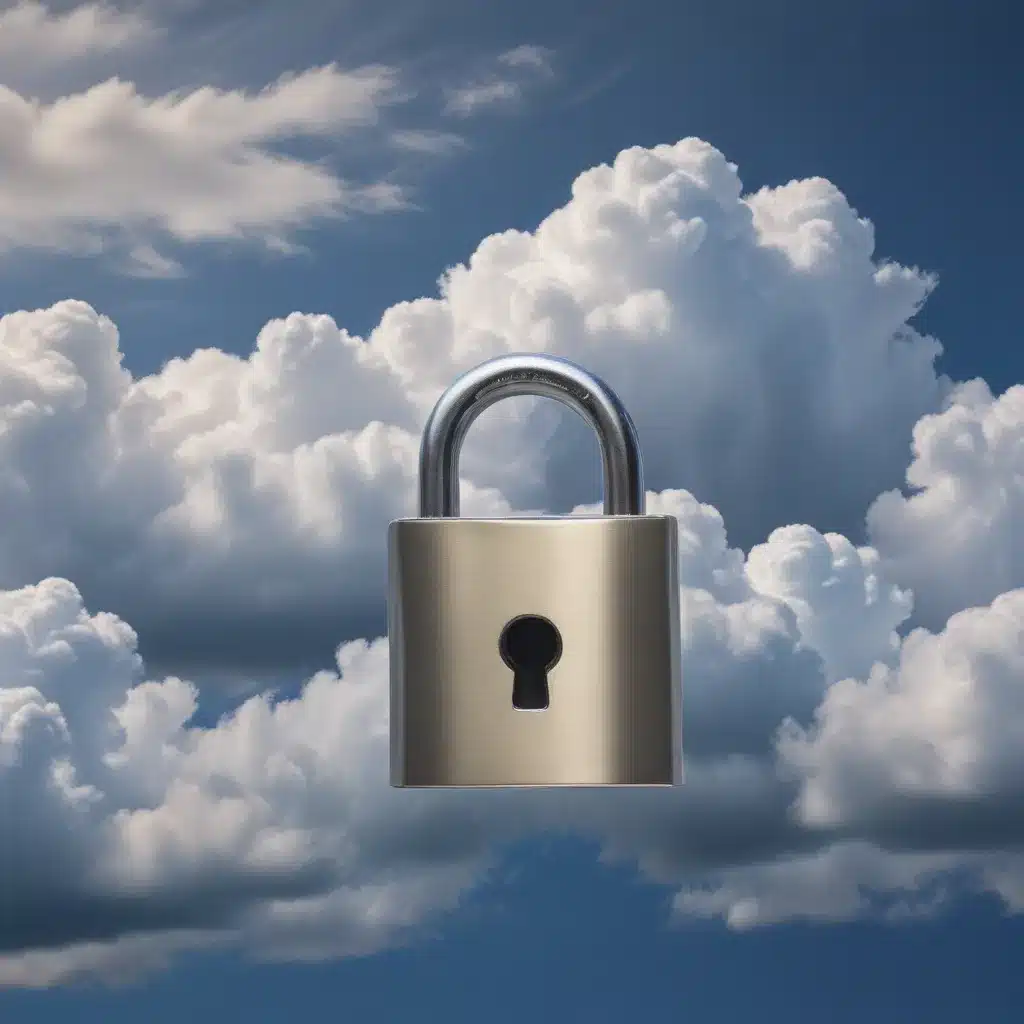Malicious software, or malware, is a significant threat to computer users today. Viruses, Trojans, worms and other malicious software can cause severe computer damage if not removed in time. This article aims to provide readers with the latest techniques for removing viruses, malware, and other malicious software from their computers.
The prevalence of malicious software on computers has grown exponentially in recent years due to the proliferation of internet-based attacks. Malware can take many forms, including viruses, Trojans, worms and other malicious programs designed to disrupt or damage computer systems. As such, it is essential to know the techniques available for removing these threats from your computer.
This article will discuss the latest techniques for removing viruses, malware, and other malicious software from your computer. Specifically, this includes ways to prevent infections before they occur and methods for cleaning up existing conditions. Additionally, strategies for staying safe online to avoid future situations will be outlined.

Definition Of Malware
Malware is a powerful force, like a storm that ravages the coastline. Malicious actors have used it to disrupt computer systems for criminal and other nefarious purposes. Malware can be difficult to identify and remove from a computer system, but there are several ways to combat it.
The first step in removing malware is understanding what it is and how it works. Malware is software that has been created with the intent of causing harm or stealing information from a computer system. Users usually install it unknowingly through malicious links or attachments that can spread quickly throughout networks.
Malware can range in complexity, from simple scripts to deleting files to sophisticated programs to steal confidential data. To successfully remove malware, it must be identified and quarantined before attempting any removal attempts. This requires knowledge about the type of malware present on the system and understanding its behaviour and the potential risks posed by leaving it in place.
Once the type of malware on the system has been identified, appropriate steps can be taken to remove it from the system without causing additional damage or disruption. The latest techniques for malware removal include using specialized software tools such as anti-malware scanners or manual interventions such as reinstalling operating systems and applications or restoring files from backups. These techniques have helped many users protect their computers from further infection and damage caused by malicious software attacks.
By recognizing the danger of malicious software, users can take proactive steps to protect their computers against infection and reduce their susceptibility to malicious attacks. With this knowledge, they can better equip themselves with the tools necessary for successful malware removal when needed.
Types Of Malware
Malware is an ever-evolving threat that requires ongoing protection. It can come in various forms and have different levels of severity. Knowing the different types of malware and how they work is essential for successful removal and prevention. Here are some common types of malware:
- Viruses are the most well-known type of malware. They replicate themselves by infecting other programs or files and can cause damage to the system, delete files, or steal data.
- Trojans are malicious programs disguised as regular programs or documents that can be used to access a user’s system without their knowledge or permission.
- Spyware monitors user activity and sends information back to the attacker without the user’s knowledge or consent, such as browsing habits and passwords.
- Ransomware encrypts files on a user’s system and then demands money for the decryption key to regain access.
Understanding these different types of malware is critical for recognizing when a system may be infected, so users can take steps to protect against further damage from infection or mitigate damages already caused by it. Knowing what signs to look for is also crucial in quickly identifying potential threats on a computer system before they become too severe, so preventive measures can be taken before any harm is done.
Signs Of Infection
As malware evolves, it is essential to stay aware of the signs of infection and take action as soon as possible. Though the symptoms can vary depending on the type of malware present, there are some common indicators that a system may be infected.
Firstly, a sudden decrease in performance or unexplained changes in computer settings can signify that a system has been infiltrated by malicious software. Many types of malware will run in the background and use up resources, resulting in slowdowns and other issues. Additionally, a user may notice pop-up windows or advertisements that were not previously present; these could be part of an attempt to install more malicious software onto the system.
Another symptom is unexpected emails sent from a user’s account without their knowledge or consent. Some forms of malware are designed to steal email addresses and passwords and then use them to send out spam messages to contacts in the address book.
Finally, users should be wary if they receive strange requests for personal information or payment for services they did not request. These are also likely signs of malicious activity and should be reported immediately.
Recognizing the warning signs of infection is essential for quickly reacting before any damage is done, allowing users to protect their data and keep their systems running smoothly.
Identifying The Source
Once the signs of infection have been identified, the source of the malicious activity must be uncovered. Sometimes, the source may be obvious, such as when a user has opened an email attachment containing a virus. However, more sophisticated forms of malware can be difficult to track down.
To identify the source of malicious software, it is essential to look for suspicious files or applications recently installed on the system. It is also helpful to review recent browser history and check for unfamiliar websites that were visited before any observed symptoms. Additionally, users should check for any unknown processes running in the background or strange entries in their firewall settings.
Once potential sources have been identified, users should research them further and take action if necessary. If malicious software is suspected, it is essential not to open any suspicious files or click on any links until further investigation can be completed.
By taking steps to identify and isolate any sources of malware on their system, users can begin removing viruses and other malicious software from their computers.
Scanning Your System
Once a source of malicious software has been identified, the next step is to scan the system to detect any other possible threats. This can be done by running a full system scan with up-to-date antivirus or security software. It is essential to ensure that all system components are scanned and that any detected threats are removed immediately.
In addition to scanning with security software, users should look for signs of malicious activity in their registry. Malware often leaves traces in the registry that must be tracked down and removed to prevent further damage to the system.
Users should also protect their data from being accessed without their consent. This includes implementing strong passwords and two-factor authentication where available and using encryption when necessary.
TIP: When running a full system scan, it is essential to ensure all files are selected for scanning, including those in user accounts, external drives, and removable media. Additionally, it is recommended that users run regular scans on a schedule to stay ahead of any potential threats.
Executing A Removal Plan
Once the system has been scanned and any malicious software identified, it is time to execute a removal plan. This can be done manually or with the help of automated removal tools. It is essential to consider how much of the system has been affected by the malicious software before deciding on a course of action.
Manual removal requires users to take each infected file or registry entry and delete or repair it individually. It can be a tedious process that requires users to have a good understanding of the system to do it correctly. Additionally, manual removal may not be able to remove all traces of malware from the system, leaving the user vulnerable to future infections.
Automated removal tools are often used as an alternative to manual removal, as they are more effective at removing all traces of malicious software from a system. These tools scan for infected files and registry entries, then automatically delete or repair them without any user input required. This makes automated removal tools significantly faster than manual methods and more effective at preventing further damage from occurring.
In addition to automated removal tools, other strategies can be employed to reduce the risk of future infections, such as patching operating systems, disabling unnecessary services, and keeping all applications up-to-date with the latest security updates. All these measures should be taken to ensure that systems remain secure against malicious threats. With these steps in place, users can rest assured knowing their computers are safe from attacks.
Having taken these steps towards securing their systems against malicious threats, users can move on to exploring automated removal tools to quickly and effectively remove viruses, malware, and other malicious software from their computers.
Automated Removal Tools
As the adage goes, “Prevention is better than cure”. Taking precautionary measures to prevent malicious software from entering a system is always the best strategy. However, when this fails and infections occur, it is essential to have tools to quickly and effectively remove viruses, malware, and other malicious software from a computer. Automated removal tools are an ideal solution for this purpose as they reduce the risk of human error that can occur with manual processes while providing users with a fast and effective way of eliminating malicious threats from their systems.
These automated removal tools scan the system for infected files or registry entries and then automatically delete or repair them without requiring user input. This makes them significantly faster than manual methods and more reliable in detecting and eliminating all traces of malicious software on a system. Additionally, these tools often provide additional features, such as real-time monitoring, to ensure no further infections occur after the initial virus has been removed.
The effectiveness of automated removal tools largely depends on how up-to-date they are, as older versions may not be able to detect some of the newer viruses or malware that have been created in recent years. Therefore, users must ensure that they have the latest version installed on their systems to ensure maximum protection against new threats.
Moreover, to maximize the effectiveness of automated removal tools, users should also consider employing additional security measures, such as regularly updating their operating systems and applications with the latest security updates and disabling unnecessary computer services. With these steps taken into account, users can rest assured that they have done everything possible to secure their systems against malicious threats while using automated removal tools for quick and effective virus elimination when needed.
Manual Deletion Processes
In addition to automated removal tools, manual deletion processes can also be employed for eliminating viruses, malware, and other malicious software from a computer. These processes involve manually locating and deleting the infected files or registry entries responsible for the system’s malicious activity. While this method may require more time and effort than automated solutions, it is still a viable option for those who want to ensure that all traces of malicious software have been removed from their systems.
When using manual deletion processes, taking a few precautionary steps is essential to avoid causing further damage to the system. For example, users should always back up their data before attempting manual deletions to prevent any potential data loss. Additionally, they should also ensure that they are familiar with the specific type of virus or malware they are dealing with, as different types of infections may require other techniques for removal.
Furthermore, users should also take care when manually deleting some system files as these can sometimes be necessary for proper functioning and removing them could cause further issues with the system’s stability. For this reason, it is highly recommended that users consult an expert or reliable online resource before proceeding with any manual deletions to ensure they are taking the correct steps for removing the virus or malware without causing any unintended consequences.
Overall, manual deletion processes can effectively eliminate viruses, malware, and other malicious software from a computer if done correctly. However, due to the inherent risks associated with this method and its time-consuming nature, it is generally recommended that users employ automated removal tools whenever possible to quickly and reliably remove all traces of malicious software from their systems.
Keeping Your Computer Secure
While manual deletion processes can help remove viruses, malware, and other malicious software from a computer, the best way to protect against these threats is to take preventive measures that actively keep the system secure. This involves implementing various security measures such as regularly patching the system and software, practising good online habits, and ensuring that all data is backed up in case of an attack. Users should also install firewalls and antivirus software to detect malicious activity on their systems before any damage is done.
Good cybersecurity practices are essential for keeping a computer safe from malicious attacks. These include avoiding suspicious links or downloads, never sharing personal information online, and only downloading applications or files from trusted sources. Moreover, it is essential to constantly update the operating system and any installed applications to ensure that they contain all the latest security patches and updates to prevent potential vulnerabilities from being exploited.
In addition to these practices, users should consider using a virtual private network (VPN) when connecting to public Wi-Fi networks to encrypt their data and protect it from being intercepted by hackers or attackers. Furthermore, they should also be aware of phishing scams, emails or websites designed to trick victims into providing sensitive information such as passwords or credit card details. Being vigilant and recognizing potential phishing attempts can help safeguard against these attacks.
By taking specific proactive steps, such as following good cybersecurity practices and installing firewalls/antivirus software, users can significantly reduce the risk of viruses, malware, or other malicious software infecting their computers. Doing so will protect their systems from harm and give them peace of mind knowing that their data is secure from unauthorized access. With this knowledge, users can rest assured that their computer remains safe even when facing potentially dangerous threats online.
Firewalls And Antivirus Software
Firewalls and antivirus software are both critical components of a comprehensive security strategy. Firewalls act as a defence against malicious traffic, while antivirus software searches for and removes malicious code from the system. When used together, these two solutions can effectively protect against a wide range of threats.
When configuring firewalls, it is essential to understand the available types and how they work. Network firewalls are designed to protect an entire network from external threats, while application firewalls focus on protecting individual applications or services. Users should also be aware of how to configure their firewall settings to ensure that only authorized traffic is allowed through.
Antivirus software is also essential for keeping computers safe from malware, viruses, and other malicious software. This program scans for known viruses and suspicious files on the system and will delete or quarantine any identified threats. It is important to keep antivirus software up-to-date to ensure it can detect the latest threats and vulnerabilities.
By combining firewalls and antivirus software with good security practices, such as regularly updating systems with patches and avoiding suspicious links or downloads, users can significantly reduce the risk of their computers becoming infected with malicious software. This will help protect their data from unauthorized access and ensure their systems remain secure even when facing potential online threats. With this knowledge, users can transition from regular backups to external storage to safeguard all their data should something happen to their computers.
Regular Backups To External Storage
Regular backups to external storage are essential to any effective security plan. Backups provide a way to recover lost or corrupted data in case of a system failure or malicious attack. By creating regular, scheduled backups of essential files and applications, users can ensure that they have the most up-to-date versions of their data and can quickly restore systems should they become compromised.
Before beginning a backup process, it is essential to understand what files need to be backed up and how often they should be updated. For example, user profiles, documents, images, and other personal information should all be regularly backed up to restore them if needed. Additionally, applications such as databases or software programs may need to be backed up regularly after determining what needs to be backed up and when users can choose from various options for storing their backups securely.
Cloud storage services are one option for backing up files and applications remotely. These services allow users to store their data securely offsite without worrying about managing physical hardware or software updates. Additionally, these services often offer additional features such as automatic backups or access to multiple devices for easy recovery in an emergency.
Local storage is another option for backing up files and applications that still offer some degree of security but may require more manual maintenance than cloud services. Local storage solutions include external hard drives or USBs connected directly to the system or network devices such as NAS (Network Attached Storage). These devices store data across multiple industries over the local network infrastructure. While regional storage solutions offer greater control over security settings than cloud services, they may require more technical expertise to maintain them correctly over time.
By understanding the different options available for backing up important files and applications and taking advantage of automated tools where possible, users can ensure that their data remains secure even if something happens to their system or network infrastructure. With this knowledge, users can move on confidently to ensure that all operating systems and applications are kept up-to-date with the latest patches for increased protection against malicious threats.
Updating Operating Systems And Applications
Staying one step ahead of malicious threats is essential for maintaining a secure computing environment. As the saying goes, “an ounce of prevention is worth a pound of cure,” which certainly applies to keeping computers safe from viruses, malware, and other malicious software. To prevent such problems before they occur, users should ensure that their operating systems and applications are kept up-to-date with the latest security patches. Here are three easy steps to follow:
1) Regularly check for operating systems and application updates by visiting vendor websites or using automated update tools.
2) Download any available updates after their release as soon as possible to ensure that all systems are running the most current versions.
3) Read instructions on installing the update properly to ensure a successful installation process.
Keeping up with new releases can help prevent attackers from exploiting security vulnerabilities and provide users with access to new features or bug fixes released by vendors. However, updating operating systems and applications may not always be enough to protect against malicious software since some programs have built-in autoplay features that automatically start when certain events occur. Users need to disable these autoplay features to further protect against these types of threats.
Disabling Autoplay Features
In addition to updating operating systems and applications, disabling autoplay features can help protect computers from malicious software. Autoplay is a feature of some media players and digital devices that automatically starts playing audio or video files when inserted into the computer. This feature can be exploited by attackers who use malicious attachments to access a system without user intervention. By disabling the autoplay feature, users can prevent such files from automatically executing and potentially infecting their computers with viruses or malware.
To disable autoplay features, users should open the System Properties window in Windows and select the “Hardware” tab followed by “Device Manager”. In the Device Manager window, locate and double-click on the “CD-ROM Drives” option to open its properties page. On this page, select the “Policies” tab and then uncheck the box next to “Enable CD Autorun” or “Enable Autoplay”. This will effectively disable autoplay for all drives on that computer.
It is important to note that disabling autoplay features does not guarantee complete protection against malicious software, as some programs may still be able to bypass these settings. To further secure a system, users should also consider using antivirus software, firewalls, and other security tools to detect and block potential threats before they become an issue. Additionally, educating yourself on safe computing practices is essential for preventing malicious software infection in the first place.
Educating Yourself On Security Practices
One of the most critical steps in protecting computers from malicious software is educating oneself on safe computing practices. How can users stay ahead of the ever-evolving cyber threats? This section will discuss some of the best ways to protect oneself from malicious attacks proactively.
To start, it is essential to remember never to open emails or download files from suspicious sources. Additionally, users should be aware that malicious software often masquerades as legitimate programs and should always be careful when downloading new applications or programs. Setting up strong passwords with letters, numbers, and symbols is also a good idea. This makes it much harder for an attacker to access a system without authorization.
Another way to stay on top of security practices is by attending seminars and workshops that teach users about common threats and how they can be avoided. Additionally, organizations can provide employees with cybersecurity training programs that help them recognize potential hazards and take appropriate measures when necessary. Finally, it is essential for users to regularly update their operating systems, browsers, and other applications, as these updates often contain security patches that fix newly discovered vulnerabilities in the software.
These are just some measures to ensure their system remains secure against malicious software. Ultimately, staying informed about the latest security trends and taking proactive steps towards safeguarding data is essential for keeping one’s computer safe from attack.
Seeking Professional Help
When removing malicious software from a computer, seeking professional help can be essential. Technology today is constantly evolving, and as such, so are the threats posed by cybercriminals. For this reason, users need to be able to access technical assistance if required. There are numerous options available for those looking for help with malware removal.
For starters, users can search online for websites that provide malware removal services. These sites often offer step-by-step instructions on detecting and removing malicious software from computers. Additionally, some of these sites may even offer specialized solutions tailored to the specific type of malicious code that has infected a computer.
Another option is signing up with an IT security service provider that provides support and guidance when dealing with security issues. These providers can advise users on how best to protect their systems from attack and offer detailed instructions on removing any malicious code that may have already found its way into the system.
Finally, in some cases, it might be necessary for a user to seek professional help to rid their system of any malicious code entirely. This could include enlisting the services of a data recovery specialist or hiring a company specializing in cybersecurity solutions. In either case, users need to select an experienced and reputable service provider who understands the latest techniques for removing viruses, malware, and other malicious software from a computer system.
Frequently Asked Questions
What Is The Best Way To Prevent Viruses, Malware, And Other Malicious Software From Infecting My Computer?
The cyber threat landscape is ever-evolving and staying safe from viruses, malware, and other malicious software is becoming increasingly challenging. As technology advances, so do the tactics used by malicious actors to penetrate and infect devices. The best way to protect your computer from these threats is to practice proactive prevention techniques.
Preventative measures should be taken before any damage can occur. Keeping your software up-to-date with the latest patches and updates will ensure your system is as secure as possible against known vulnerabilities. Additionally, it is essential to be mindful of what websites you visit and what emails you open; both can contain malware or malicious links which can compromise your system if clicked. It is also advisable to back up all critical data regularly to minimize the impact of a potential attack or breach.
Using reliable antivirus software on your computer is another effective way of preventing malicious software from infiltrating your system. An antivirus program can detect known virus signatures and block them before they have a chance to cause any harm. However, new forms of malware are constantly being created, so choosing an antivirus program with advanced features such as real-time scanning and automatic updates is essential.
Finally, maintaining solid passwords for all accounts is essential in protecting yourself online. Weak passwords are easy targets for hackers who use automated tools to gain access to personal information quickly and easily. By using a diverse set of passwords that includes upper/lowercase letters, numbers, symbols, etc., users can effectively safeguard their accounts against unauthorized access attempts.
By taking the steps outlined above, users can significantly reduce the chances of their computers becoming infected with viruses or malicious software programs. With proper preventive measures in place, users can enjoy a secure computing experience free from the worry of potential security breaches or data losses caused by malicious attacks.
Can I Use A Firewall To Detect And Stop Malicious Software?
Firewalls are a crucial component of any computer security system. They are the first defence against malicious software, monitoring and blocking suspicious activity before it can infect your system. Firewalls can detect malicious software by scanning incoming data for known threats and recognizing suspicious behaviour. In addition, they can block certain types of traffic, such as unencrypted connections or requests from suspicious IP addresses, which can help protect your computer from malicious software.
However, firewalls are not enough to protect your computer from malicious software. While a firewall may be able to detect and stop some threats, many modern malware programs are designed to bypass traditional detection methods. As such, other measures must be taken to ensure that your computer is secure from attack. These measures include regular patching and updating your operating systems and software applications; using antivirus and anti-malware programs; avoiding risky websites; and using caution when opening email attachments or clicking on links sent via email or messaging services.
Another important consideration when it comes to preventing malicious software infection is user education. Users need to understand how malware works and how it can affect their computers so that they can make informed decisions about what they click on or download. Additionally, users should be aware of common signs of infection to take appropriate action if their computer becomes infected with malware.
In summary, while firewalls effectively detect and stop some forms of malicious software, they cannot provide complete protection against all forms of attack. Therefore, additional steps must be taken to ensure computers’ security from potential infections. These steps include regular patching/updating, use of anti-malware/antivirus programs, caution when browsing online content (perilous websites), use of caution when opening email attachments or clicking on links sent via email/messaging services, as well as user education about potential risks associated with online activities.
Should I Back Up My Data To An External Storage Device?
Backup data to an external storage device is recommended for ensuring computer security. This action helps mitigate the risk of losing essential files if malicious software attacks occur. It can also be beneficial in other ways, such as providing an extra layer of protection from viruses and malware that traditional antivirus programs may not detect. Here are the benefits of backing up data to an external storage device:
• Data is stored securely and can be retrieved quickly during an attack.
• All files are backed up in one location, making the organization more accessible.
• Backups can be scheduled to run automatically, ensuring that all recent files are regularly updated.
• The external storage device can then transfer data between computers or other devices without worrying about malicious software infiltrating the system.
Backing up data to an external storage device should not be taken lightly since it involves storing sensitive information outside the confines of a secure internal network and requires a trusted third party with proper security measures. Additionally, it is essential to use encryption and authentication protocols when transferring data over the internet or another insecure network connection so that unauthorized individuals cannot access the files or cause damage to them during transport. Finally, backup systems should also include offsite backups so that there will still be access to critical files and documents in case of a disaster.
Overall, backing up data to an external storage device offers many advantages for securing a computer system from malicious software attacks and providing additional safeguards against other types of cyber threats, such as ransomware and phishing attempts. Taking steps like encrypting sensitive information, keeping backups offsite, and regularly updating antivirus software can help ensure that all confidential information remains safe from harm no matter where it is stored.
How Often Should I Update My Operating Systems And Applications?
It is essential to keep your operating systems and applications up-to-date, much like staying on top of the latest trends in fashion. Doing so can help ensure a secure, virus-free experience while using your computer. How often should you update? Here is a list of the four most important items to be aware of:
Firstly, it’s essential to understand that updates are released for operating systems and individual applications. Operating system updates often include security patches, bug fixes and new features, while application updates may add additional functionality or address compatibility issues. Therefore, it’s essential to check for both types of updates regularly.
Secondly, the frequency with which you need to update may depend on what type of device you have and who created it. For example, if your machine was made by a major manufacturer such as Apple or Microsoft, they will likely provide regular automatic updates that you don’t need to install manually. On the other hand, if you have an older or less popular device, then updates may not be available as frequently.
Thirdly, generally speaking, it’s best practice to update your operating system every two months at a minimum—and more frequently if possible—while checking for application updates at least once weekly. Additionally, consider updating any software programs related to security—such as antivirus programs—every week too.
Finally, always remember that out-of-date software can create unnecessary risks when using your computer; therefore, it’s wise to ensure all of your systems are up-to-date with the latest versions available to stay protected against malicious software threats. Regularly checking for updates and keeping your devices current will help ensure that you have a secure computing experience each time you use them.
Can I Seek Professional Help To Remove Malicious Software From My Computer?
In today’s digital age, malicious software can cause severe damage to computers. As such, the question of whether a professional should be sought to remove the software is essential. With the right help, users can reduce their risk of infection and ensure their computers remain secure.
Firstly, seeking professional help for malicious software removal can provide peace of mind for users who are not confident in their ability to detect and eliminate the threat. In most cases, these professionals are highly trained and experienced in removing malicious programs from computers, meaning they can quickly identify and eradicate any potential issues.
Secondly, experts have access to more advanced tools than the average user. This means they often have better success at removing malicious software than someone attempting it on their own. These tools allow them to scan the system for threats other methods may not detect.
Thirdly, professionals have experience dealing with all kinds of malware and viruses on different computer systems. By working with an expert, users can rest assured that they will get rid of any potential threats quickly and efficiently without risking damaging their approach further.
When it comes to protecting your computer from malicious software, professional help is often the best option. With access to specialized tools and expertise in dealing with these types of threats, a professional can ensure a user’s computer remains safe from harm while minimizing disruption or downtime for the user.
Conclusion
Protecting viruses, malware, and other malicious software from infiltrating one’s computer is critical to its data security. Firewalls can detect and stop malicious software from entering a system, but they must be regularly updated to remain effective. Backing up data to an external storage device can help protect against data loss if malicious software manages to enter a computer. Regularly updating operating systems and applications is essential that all security patches are installed. If a user suspects their computer has been compromised by malicious software, they may choose to enlist the help of a professional service provider who can remove the malicious code.
Taking proactive measures such as regularly updating firewalls and operating systems, backing up data, and seeking professional assistance is essential for protecting computers from malicious software. It is also important to be aware of potential threats and take appropriate precautions when downloading or using unknown files or programs. These steps will help users ensure their computers are safe from viruses, malware, and other malicious software.

